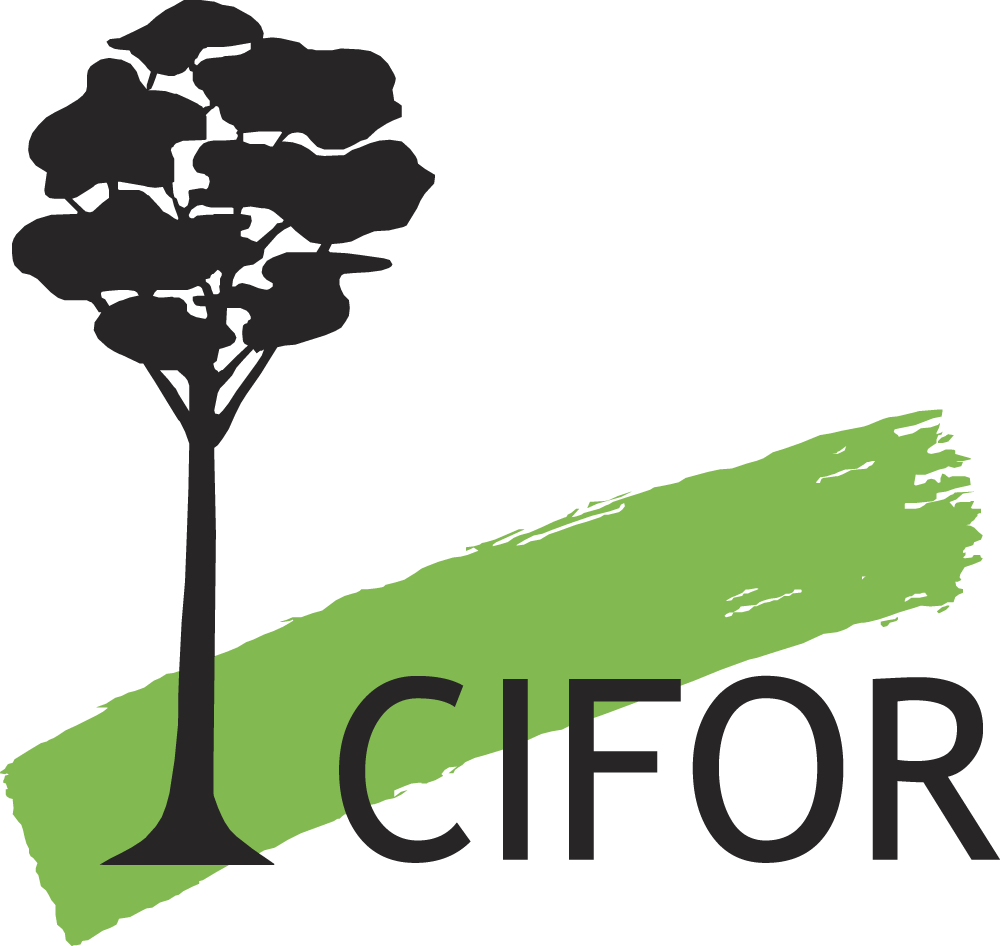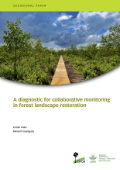Focal point
Location
The Center for International Forestry Research (CIFOR) is a non-profit, scientific facility that conducts research on the most pressing challenges of forest and landscapes management around the world. With our global, multidisciplinary approach, we aim to improve human well-being, protect the environment, and increase equity. To do so, we help policymakers, practitioners and communities make decisions based on solid science about how they use and manage their forests and landscapes.
Capacity building, collaboration and partnerships are essential to finding and implementing innovative solutions to the challenges that the globe faces. We are proud to work with local and international partners. We are a member of the CGIAR Consortium and lead the CGIAR Research Program on Forests, Trees and Agroforestry.
Our headquarters are in Bogor, Indonesia. We have offices in 8 countries across Asia, Latin America and Africa, and we work in more than 30 countries. Contact us for more information.
Resources
Displaying 46 - 50 of 808Progress and pitfalls for the titling of native communities in San Martín and Ucayali, Peru
The Government of Peru is gradually advancing in the process of recognizing and formalizing the territorial rights of the indigenous peoples of the Amazon.
In order to document and analyse how titling is carried out and how the local population perceives its impacts, the Centre for International Forestry Research (CIFOR), with the support of German development cooperation, conducted a study on the progress and challenges of native community titling processes. this is the summary of the study conducted in the Ucayali and San Martin regions of the Peruvian Amazon.
Resumen. Avances y desafíos para la titulación de comunidades nativas en San Martín y Ucayali, Perú
El Gobierno del Perú está avanzando poco a poco en el proceso de reconocimiento y formalización de los derechos territoriales de los pueblos indígenas de la Amazonía.
A diagnostic for collaborative monitoring in forest landscape restoration
Forest landscape restoration (FLR) requires a long-term commitment from a range of stakeholders to plan the restoration initiative collaboratively and see it through successfully. This is only possible when the people involved whether they are landholders, indigenous groups, government entities, non-governmental organizations or other crucial actors come together to define common goals and monitor progress toward those goals.
Land Use, Land Use History, and Soil Type Affect Soil Greenhouse Gas Fluxes From Agricultural Landscapes of the East African Highlands
This study aims to explain effects of soil textural class, topography, land use, and land use history on soil greenhouse gas (GHG) fluxes in the Lake Victoria region. We measured GHG fluxes from intact soil cores collected in Rakai, Uganda, an area characterized by low‐input smallholder (<2 ha) farming systems, typical for the East African highlands. The soil cores were air dried and rewetted to water holding capacities (WHCs) of 30, 55, and 80%. Soil CO2, CH4, and N2O fluxes were measured for 48 h following rewetting.
Land use alters dominant water sources and flow paths in tropical montane catchments in East Africa
Conversion of natural forest to other land uses could lead to significant changes in catchment hydrology, but the nature of these changes has been insufficiently investigated in tropical montane catchments, especially in Africa. To address this knowledge gap, we identified stream water sources and flow paths in three tropical montane sub-catchments (27–36 km2) with different land use (natural forest, smallholder agriculture and commercial tea plantations) within a 1 021 km2 catchment in the Mau Forest Complex, Kenya.




